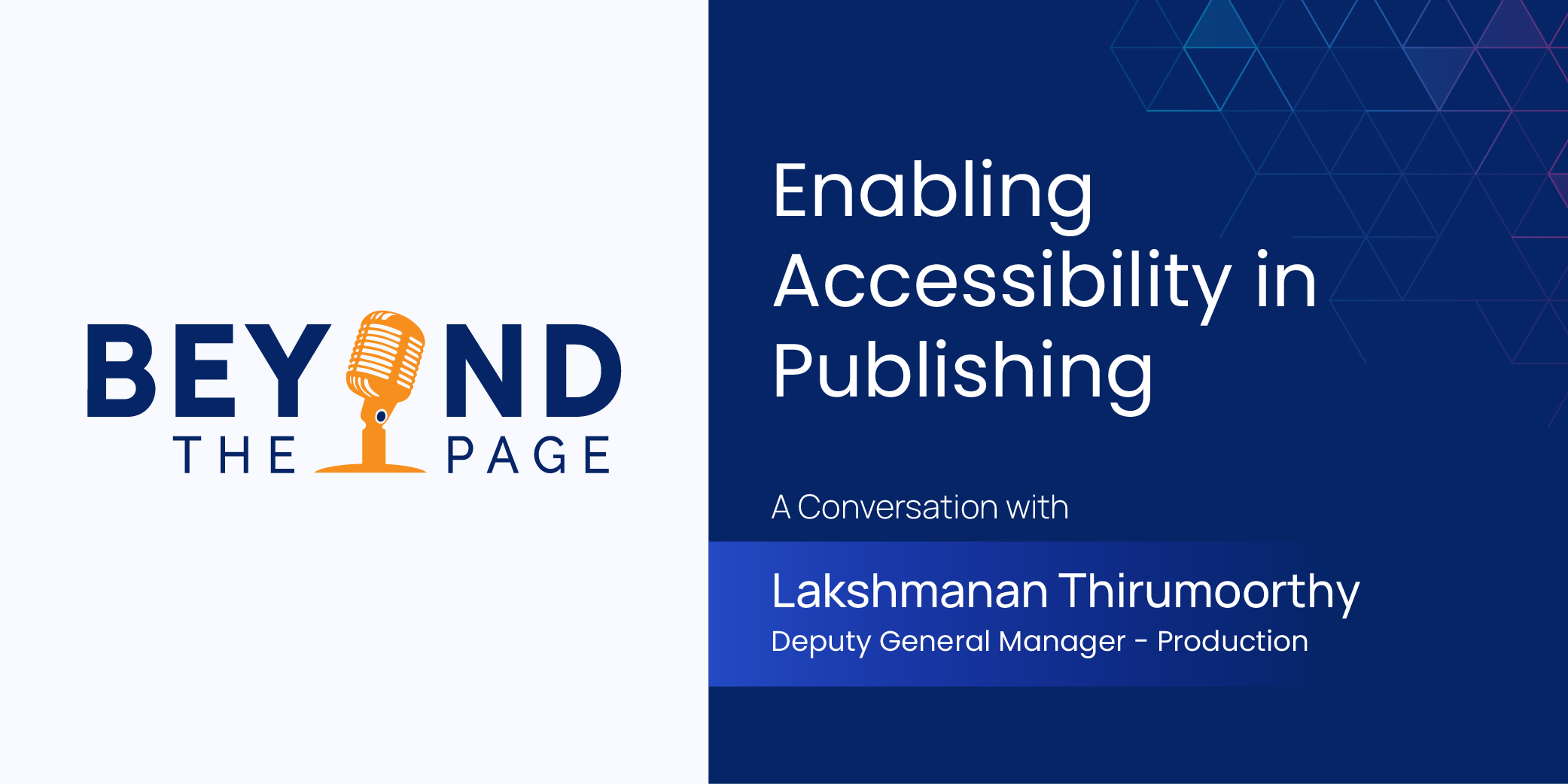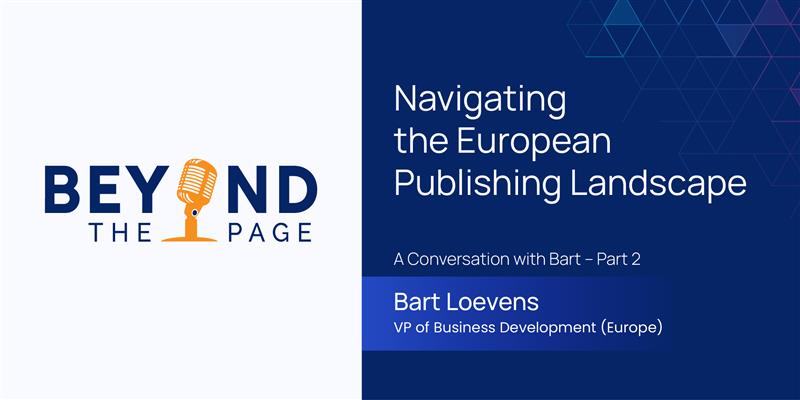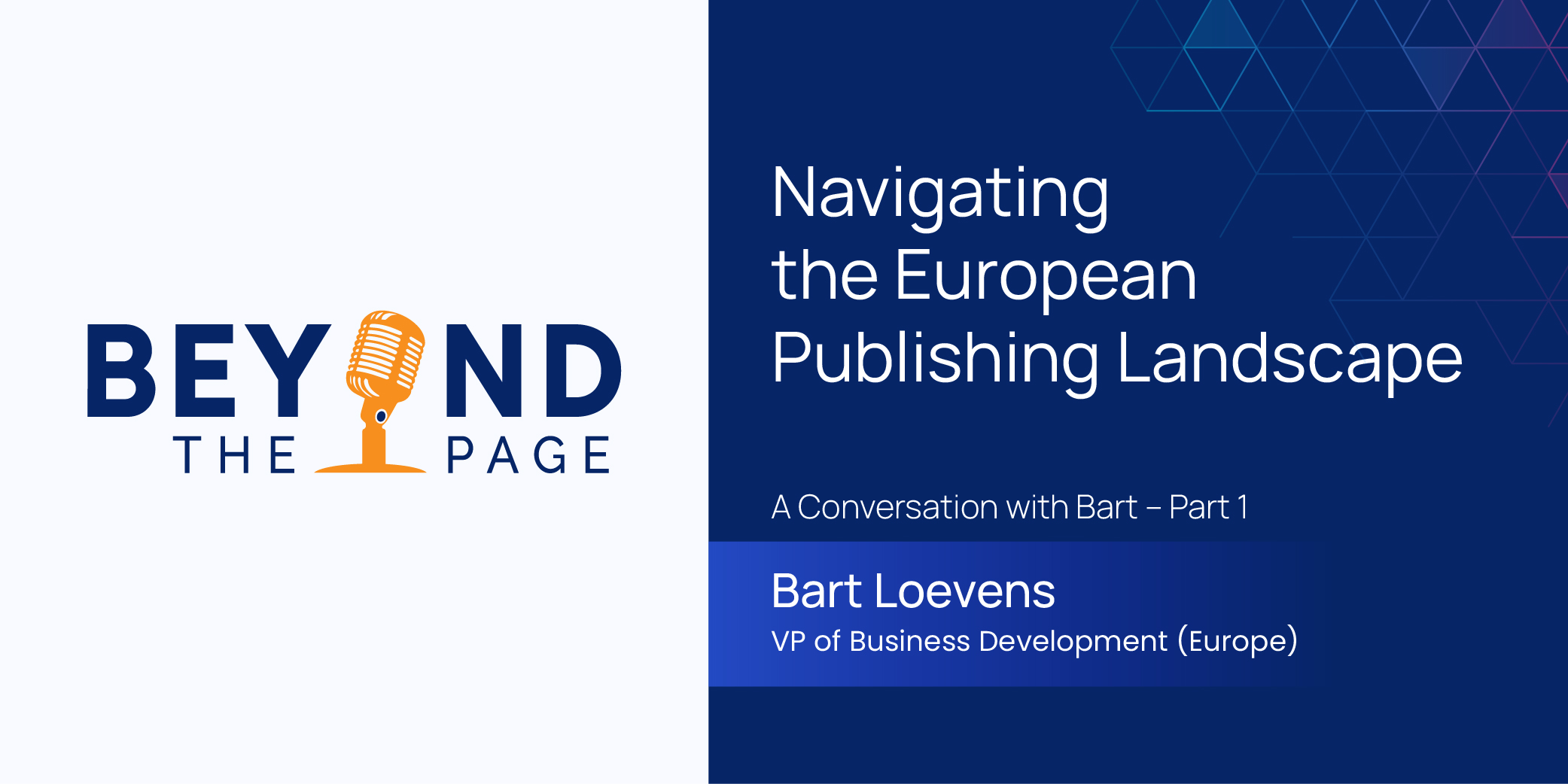
For academics and researchers, scholarly publications represent the culmination of years of meticulous work. They serve as a platform to disseminate groundbreaking findings, contribute to a specific field of knowledge, and establish professional credibility. However, even the most impactful research can be overshadowed by grammatical and syntactical errors. Flawless academic writing ensures clear communication, strengthens arguments, and increases the likelihood of publication in prestigious journals. raditionally, this has been a time-consuming and resource-intensive task, reliant on human expertise. However, the advent of AI-powered editing software is poised to revolutionize this critical function.
By leveraging advanced natural language processing (NLP) and machine learning algorithms, these tools offer a comprehensive approach to language quality assessment. They go beyond traditional grammar and spell checkers to provide context-based corrections, ensuring that the language aligns seamlessly with the intended audience, tone, and style.
A nuanced understanding of grammar and syntax is especially important in disciplines where language precision is tied to the validity of the research, such as in fields like linguistics, law, and medicine. For example, a misplaced modifier in a medical paper could inadvertently suggest a completely different cause-and-effect relationship, potentially leading to harmful misapplications in practice. Studies have shown that manuscripts with fewer grammatical errors had a 15% higher acceptance rate in top-tier journals, underscoring the importance of linguistic accuracy.
For publishers, this means that language quality control is not just about meeting publication standards; it’s about safeguarding the integrity of the scholarly discourse. It is a critical component of the peer review process and one that directly influences a manuscript’s reception by reviewers and readers alike.
Common Grammar and Syntax Mistakes to Watch Out for in Academic Writing
Despite the best efforts of authors, common grammar and syntax errors frequently find their way into academic writing. These errors can range from simple mistakes, such as subject-verb agreement issues, to more complex problems, such as misplaced modifiers or faulty parallelism.
Common mistakes include:
- Subject-Verb Agreement: Errors occur when the subject of a sentence does not agree in number with the verb, leading to confusion and a lack of clarity.
- Run-On Sentences and Comma Splices: These mistakes can make sentences difficult to follow, disrupting the flow of the argument.
- Misplaced Modifiers: Modifiers that are not placed next to the word they modify can lead to ambiguous or incorrect interpretations.
- Improper Use of Tenses: Consistency in tense is crucial for clarity, especially when discussing research methods and findings.
The Challenges of Traditional Language Quality Assessment
Publishers face a multitude of challenges when ensuring language quality. These include:
- Subjectivity: Human editors bring their unique perspectives, potentially leading to inconsistent evaluations.
- Time-consuming: Manual review processes can be lengthy, impacting production timelines.
- Scalability: Handling large volumes of content efficiently is a persistent challenge.
- Cost: The human element can significantly increase operational costs.
Advanced Strategies for Identifying and Correcting Grammar and Syntax Errors
For publishers, identifying and correcting these errors requires a multifaceted approach that goes beyond basic proofreading. Given the stakes involved, it’s essential to employ advanced strategies that can detect subtle issues and ensure linguistic precision:
Collaborative Review Processes: Engaging multiple editors in the review process can bring different perspectives and expertise to bear on the manuscript. Editors with a strong background in the specific subject area can identify terminology and language structures unique to that field, while language specialists can focus on grammar and syntax.
Targeted Use of Technology: While tools like Grammarly or the Hemingway Editor are useful for catching common errors, publishers should also consider investing in more specialized software designed such as iNLP for academic writing. Tools that incorporate machine learning algorithms to understand context can be particularly effective at identifying subtle issues that might be missed by more general software.
Custom Style Sheets: Developing custom style sheets for different disciplines or even specific journals can help maintain consistency in language use across publications. These style sheets can address common issues specific to certain fields, such as the appropriate use of technical jargon or the preferred structure of complex sentences.
Training and Continuous Improvement: Investing in ongoing training for editorial staff on the latest developments in grammar, syntax, and academic writing conventions can enhance the quality control process. Workshops, seminars, and certifications can ensure that editors are well-equipped to handle the evolving challenges of academic publishing.
AI-Powered Solutions: A Game-Changer
AI-powered editing software offers a compelling solution to these challenges. By automating the initial stages of language quality assessment, these tools free up human editors to focus on higher-level tasks, such as stylistic refinement and content development.
Key benefits of AI-powered solutions include:
- Objectivity: AI algorithms provide consistent and unbiased evaluations.
- Efficiency: Automated processes accelerate the review cycle.
- Scalability: Easily handle increased workloads without compromising quality.
- Cost-effectiveness: Reduce reliance on human resources for routine tasks.
- Data-driven insights: Generate analytics on language patterns and trends.
Beyond Grammar and Spell Check
While traditional grammar and spell checkers have been invaluable, AI-powered tools go significantly further. They can:
- Identify stylistic inconsistencies: Ensure adherence to specific style guides and author preferences.
- Detect plagiarism: Protect original content and maintain academic integrity.
- Analyze readability: Optimize content for different audience levels.
- Suggest improvements: Offer recommendations for enhancing clarity and conciseness.
The integration of AI-powered editing software into publishing workflows marks a significant step forward. By automating routine tasks and providing valuable insights, these tools empower publishers to deliver high-quality content efficiently and effectively. In the competitive and rapidly evolving world of academic publishing, mastering grammar and syntax is more than just a technical requirement—it’s essential for maintaining the integrity and clarity of scholarly work. Publishers who prioritize linguistic precision are better positioned to produce high-quality, impactful publications that resonate with the academic community.
To support this goal, leveraging advanced language assessment tools, such as those offered by Integra’s iNLP AI Language Assessment, can significantly enhance the editorial process. These tools provide nuanced analysis and correction capabilities, ensuring that manuscripts are polished to the highest standards before publication. By integrating such technology into your editorial workflow, you can streamline the process of identifying and correcting language issues, ultimately elevating the quality of your publications and reinforcing your reputation as a leader in the academic publishing sector.
News & Insights

Enabling Accessibility in Scholarly Publishing – A Conversation with Lakshmanan Thirumoorthy

Navigating the European Publishing Landscape – A Conversation with Bart – Part 2

